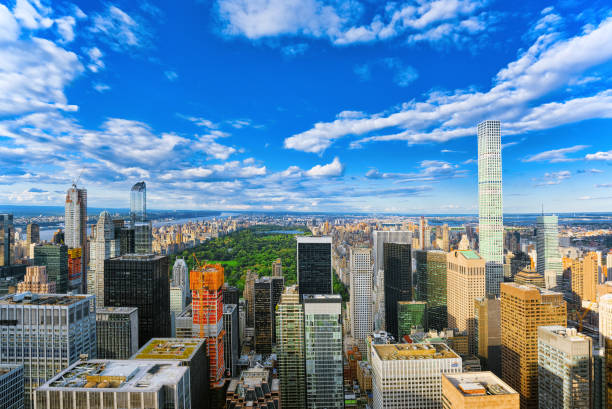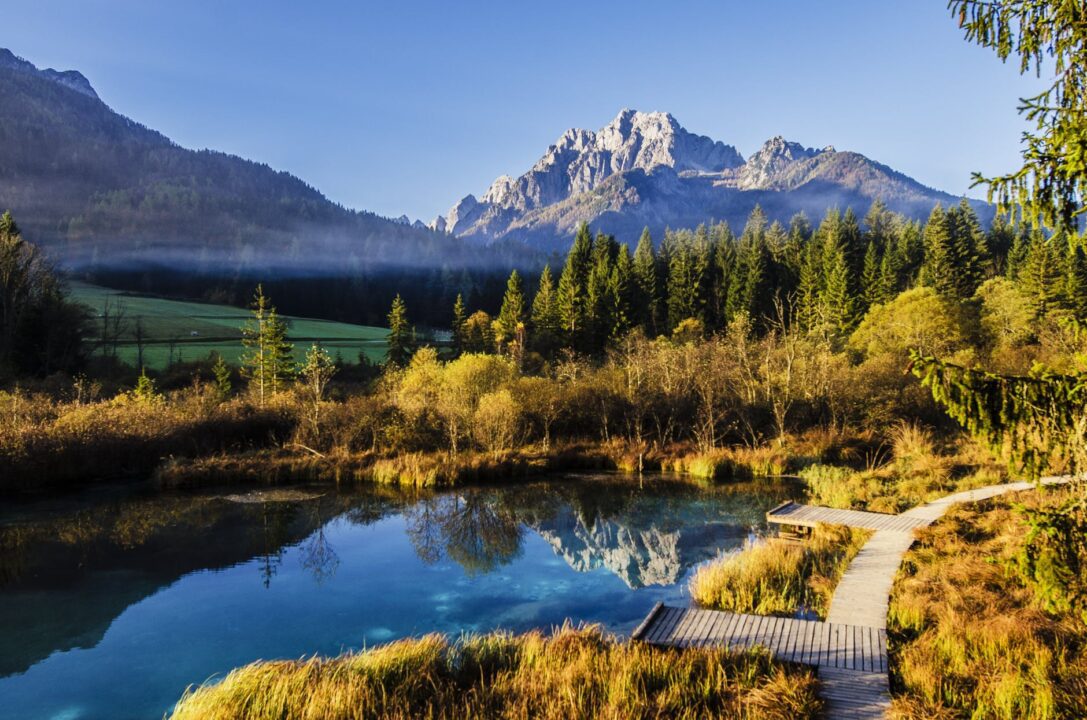The Hidden Cost of Neglect: Confronting Harlem’s Sanitation Crisis and Its Ecological Consequences
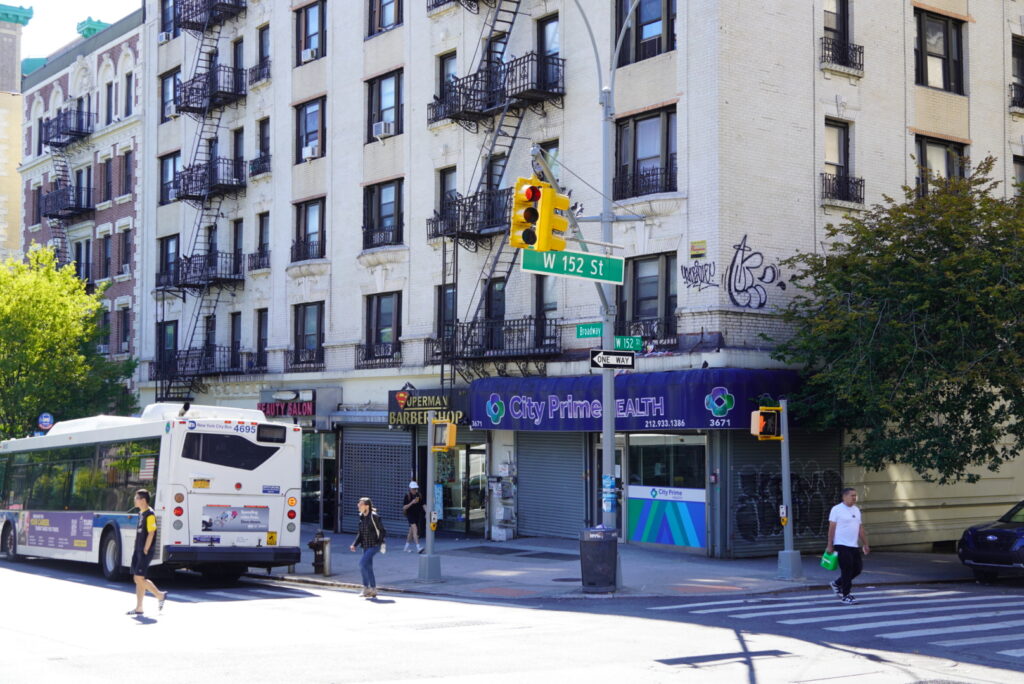
I have come to recognize an unsettling truth about my latest neighborhood: Hamilton Heights, there is an ongoing sanitation crisis that threatens existing foundations of air I breathe. This extends beyond mere aesthetics; it strikes at the core of ecological health, public safety, and community well-being.
This entire summer, with heats blazing over 100 degrees, I first witnessed the slow deterioration wrought by neglect at sitting areas on 152nd and Broadway. My intersection — comprised of fallen tree branches intertwined with discarded, torch-hardened debris, drug residues, used needles, and other hazardous waste – humans pollute our public spaces all within absolute proximity of trash cans. Despite multiple efforts to raise awareness through municipal channels such as 311, the response has been ostensibly reassuring but ultimately insufficient. This inaction underscores a broader societal apathy toward environmental stewardship—a peril that many in urban settings often underestimate. I’ll tell you why.
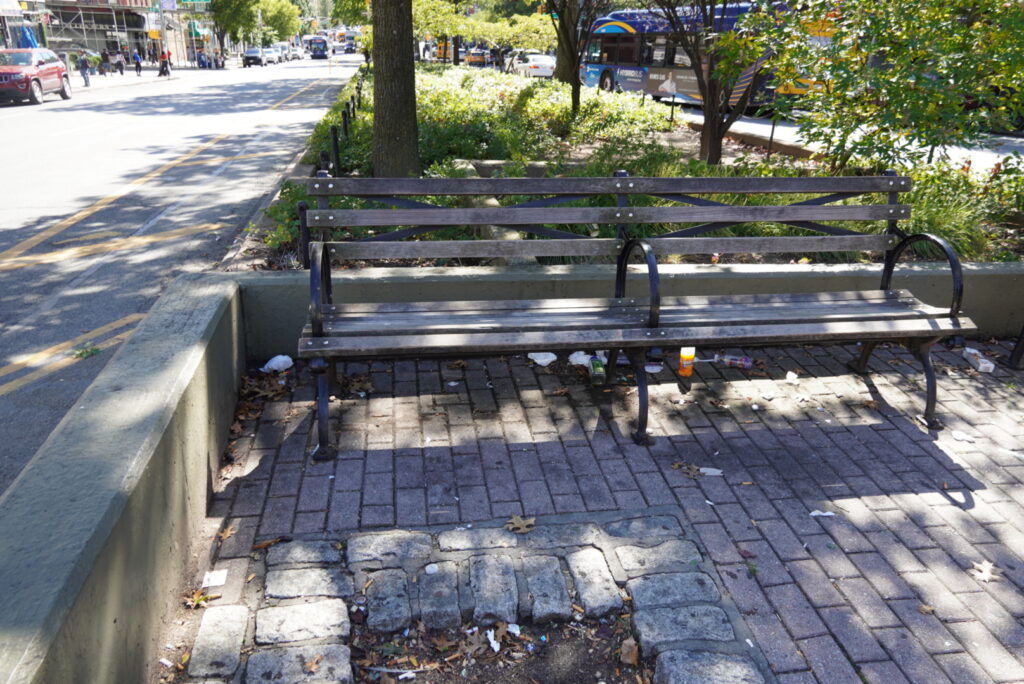
The importance of maintaining a clean environment transcends individual pride; it is fundamental to ecological stability. Soil, the bedrock of plant life, is particularly susceptible to contamination from pollutants like chemicals, medications, and biomedical waste. These substances infiltrate the soil matrix, impairing its capacity to support healthy root systems and plant growth, ultimately jeopardizing urban vegetation.
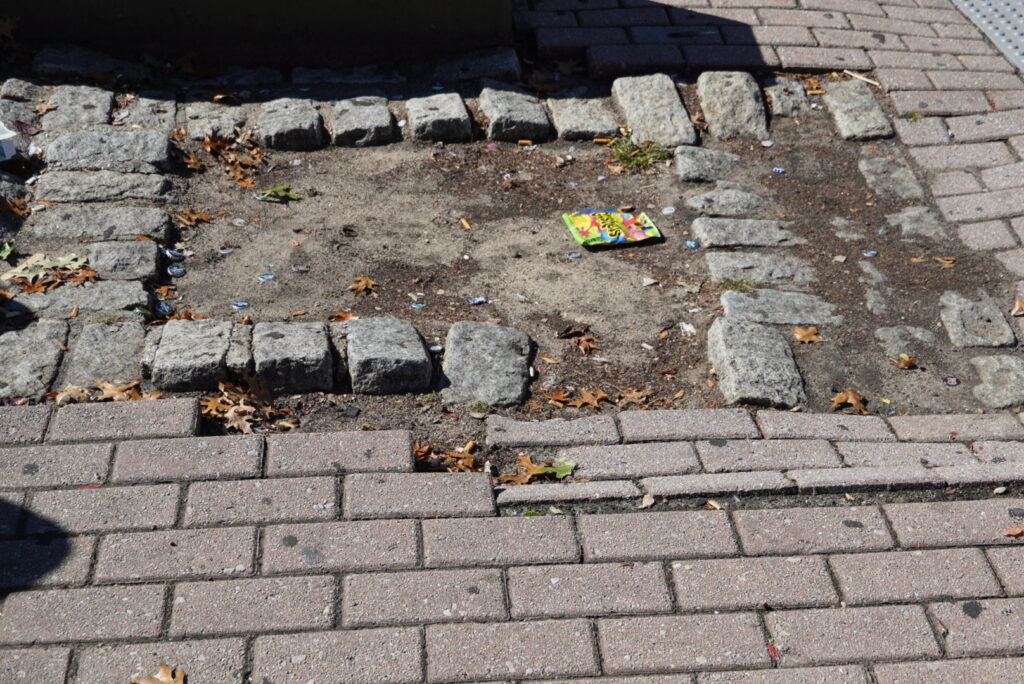
The infiltration of hazardous substances into soil compromises its natural filtration capacity, leading to potential bioaccumulation of toxins within the food chain. Roots, which serve as the primary interface between plants and soil, become conduits for these pollutants, affecting not only plant health but also animals and humans who rely on urban green spaces for recreation and mental well-being.
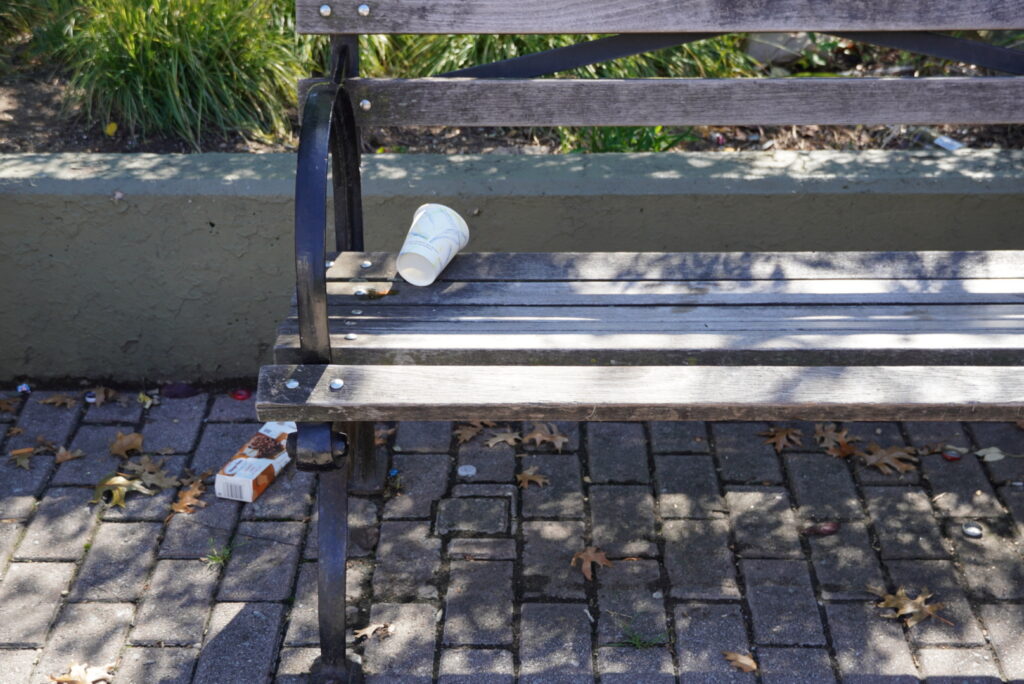
Furthermore, fallen branches and organic debris, when left unharvested, can foster pest habitats and microbial imbalances, leading to increased disease vectors. The debris, coupled with non-biodegradable trash such as plastic wrappers and used condoms containing expired semen, creates an inhospitable environment for microbial communities essential for soil vitality. This degradation hampers natural processes like nutrient cycling, which are vital for maintaining the health of urban flora.
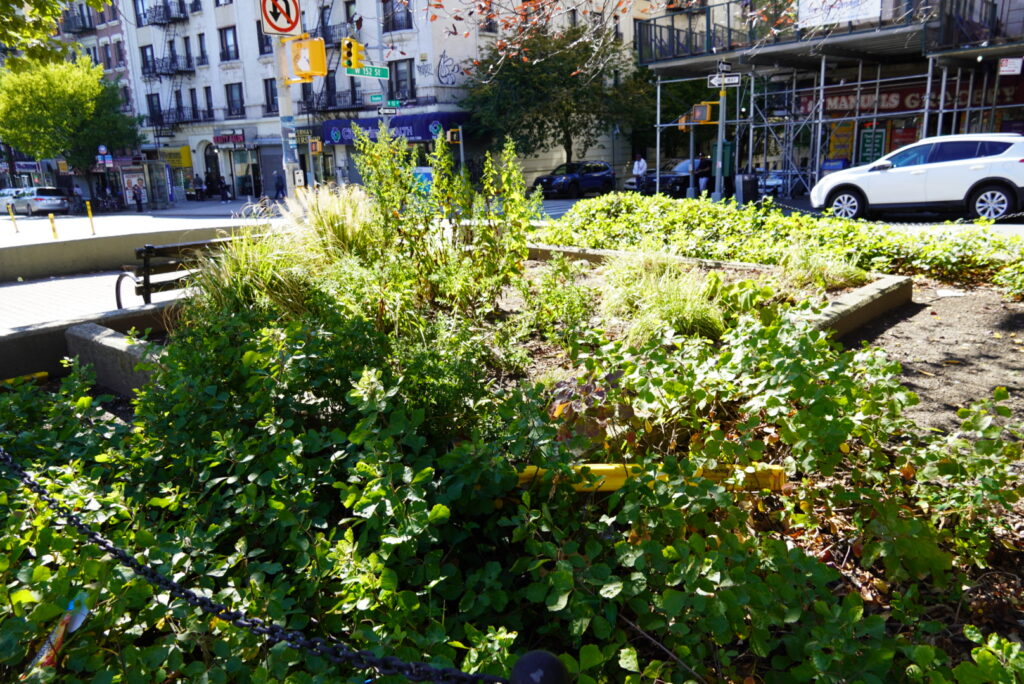
In a neighborhood like Harlem, where community resilience and cultural vibrancy thrive amidst diversity, the environment plays an often overlooked yet, pivotal role. My academic studies at New York University havetaught me that neglected urban landscapes diminish property values, discourage biodiversity, and perpetuate health disparities. The presence of drug residues and unsafe waste not only pollutes the environment but also poses direct health risks—ranging from skin infections to more severe illnesses stemming from contaminated soil and water. My roommate is a cook who always urges me never to drink the tap water, insisting that the tap water couldn’t be any good, despite the godly historical reputation that NYC has the best tap water in the world for its source quality, filtration and treatment, high quality standards, and balanced mineral content.
As urban dwellers, our responsibility transcends our personal spaces; it encompasses a collective duty to preserve and nurture the environment that we all share. By actively participating in community clean-up initiatives, advocating for better waste management policies, and educating residents about proper disposal methods, we can significantly reduce the harmful impacts of litter and debris. Creating awareness about the importance of maintaining clean and healthy urban environments fosters a sense of community pride and ownership. Later this year, I’ll be working NYC Parks, and while my classes are set to begin later this month, my goal is to make myself responsible for maintaining dignity and sustainability in nature, no one cares or does anything about it. Or can do anything about it.
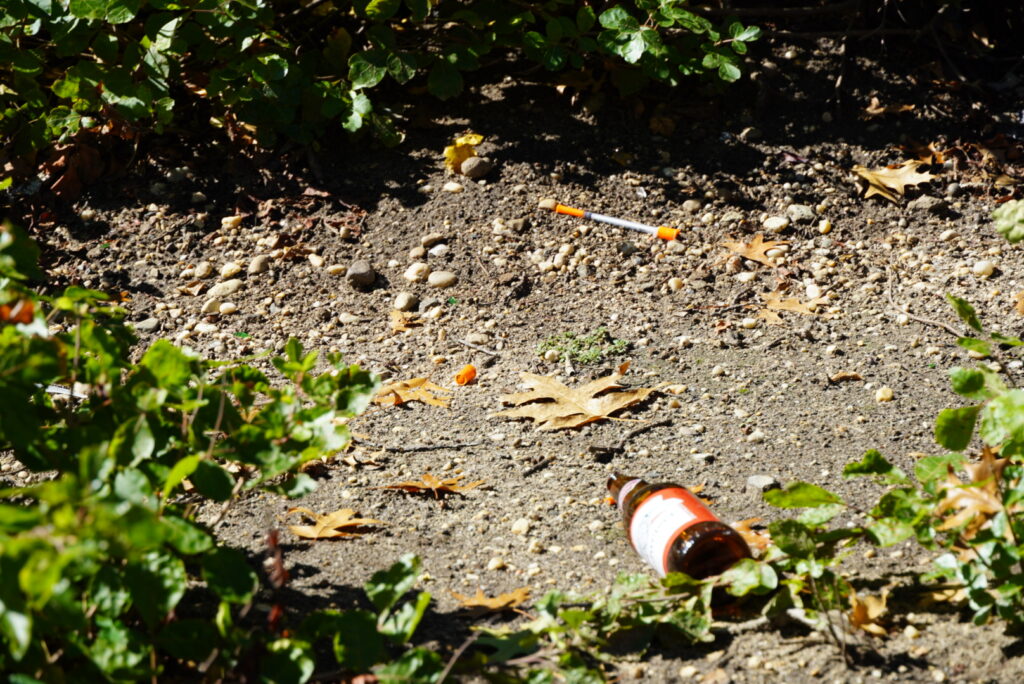
Investing in green infrastructure—such as installing more trash receptacles, establishing composting programs, and planting native vegetation—can also help mitigate the accumulation of litter and improve urban ecological health. Moreover, regular monitoring and enforcement of anti-littering laws are essential to sustain these efforts.
Addressing the issue of urban litter and debris is not just about aesthetics; it’s about safeguarding our environment, public health, and quality of life. By working together as a community, we can turn neglected spaces into vibrant, healthy ecosystems that benefit everyone. Help me take action today to preserve and nurture the environment that sustains us all.
My journey from studying music abroad to residing in Harlem has profoundly deepened my awareness of the intricate relationship between community well-being and environmental health. Witnessing the pervasive neglect of our urban ecosystems—marked by litter, hazardous waste, and decaying green spaces—has ignited a sense of urgency within me to advocate for active community involvement.
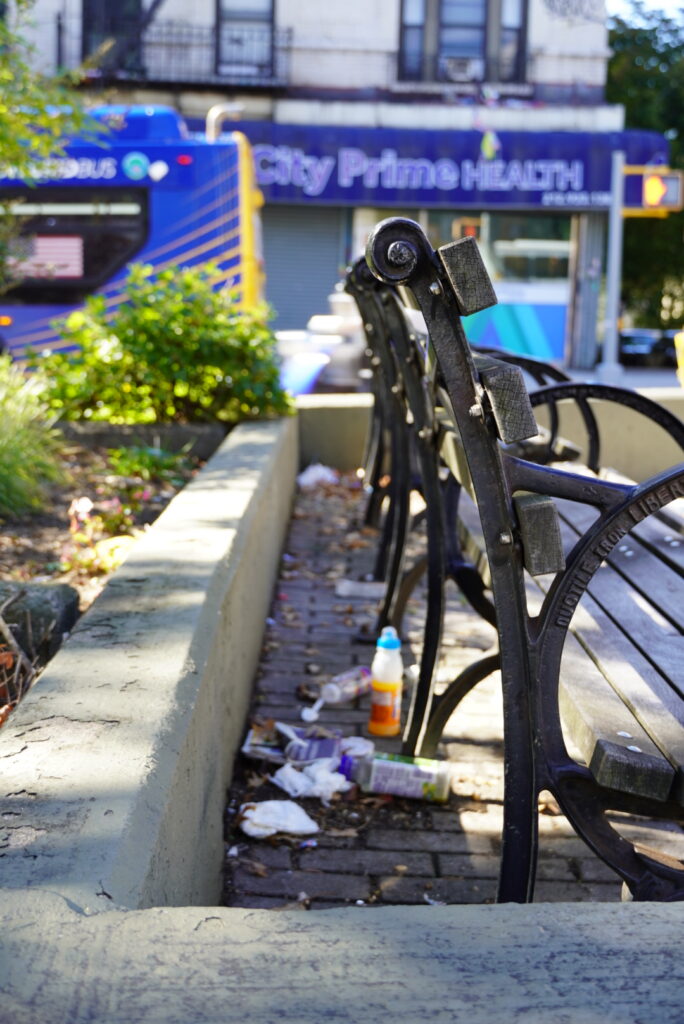
Everyone possesses the power to foster environmental stewardship through collective action, responsible waste management, and ongoing community engagement. By empowering residents to participate in restorative efforts—such as organizing cleanup initiatives, advocating for policy changes, and nurturing local green spaces—we can cultivate a resilient, vibrant, and environmentally sustainable Harlem. In this pursuit, my commitment to environmental care becomes a catalyst for social regeneration, demonstrating that meaningful change begins at the grassroots level, rooted in a shared sense of responsibility and hope for future generations.
Many people walk through life oblivious to the urgent environmental challenges we face today, like their own lives and the world we live in is something straight out of a comic book movie. It’s frustrating to see neighbors and community members disregard the importance of caring for our planet. It often feels like they’re more concerned with their daily routines, appearances, or material pursuits than with the health of the environment they depend on.
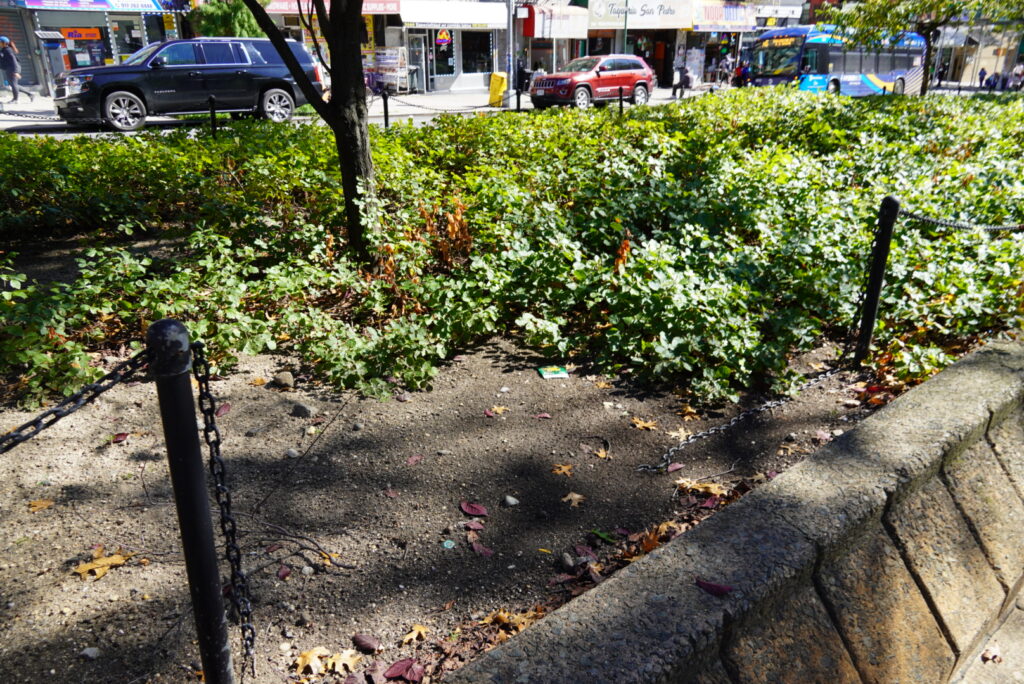
If we were to have a real conversation, I’d honestly share that I have a warming apathy toward sustainability and conservation. Despite the visible impact of pollution and environmental decline, many dismiss these issues as distant problems or something that doesn’t directly affect them. This reflects a broader cultural disconnect—a lack of collective responsibility.
I believe this indifference stems from a combination of complacency, misinformation, and a disconnect from nature. It’s easier for some to ignore the repercussions of their actions than to confront the uncomfortable truths about climate change and environmental degradation. However, I feel strongly that this mindset needs to shift. We all have a role to play, and acknowledging our collective responsibility is crucial if we want to create a healthier, more sustainable community.
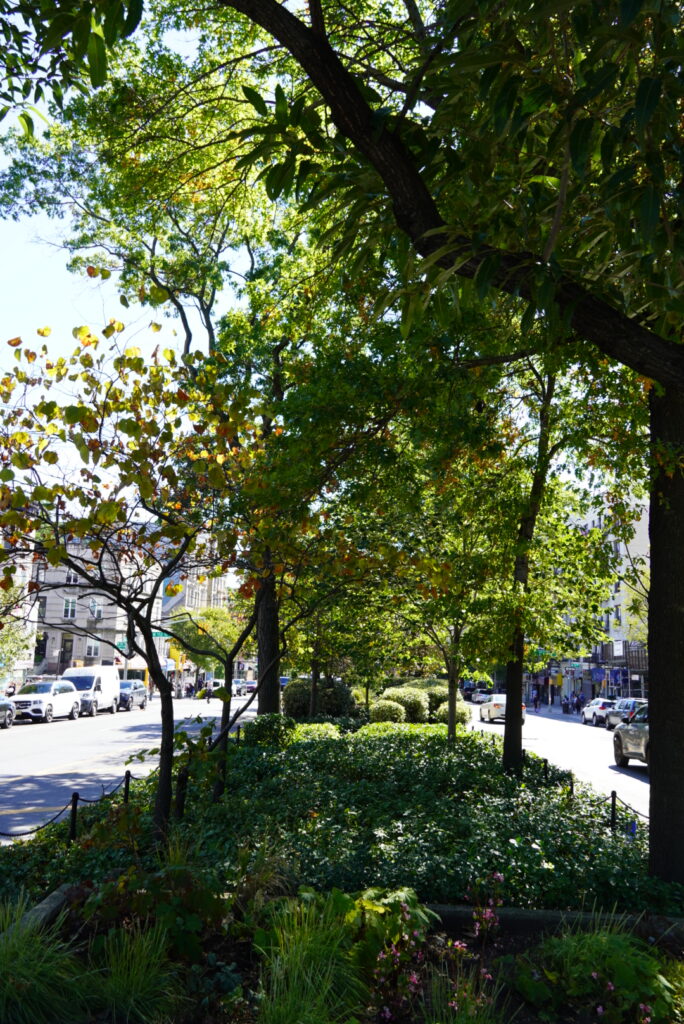
In my view, fostering awareness and encouraging active participation in environmental care is essential. Otherwise, we’re risking a future where neglect today leads to irreversible damage tomorrow. I am hopeful that conversations like this can inspire others to see that caring for the environment isn’t the same as destroying it.

